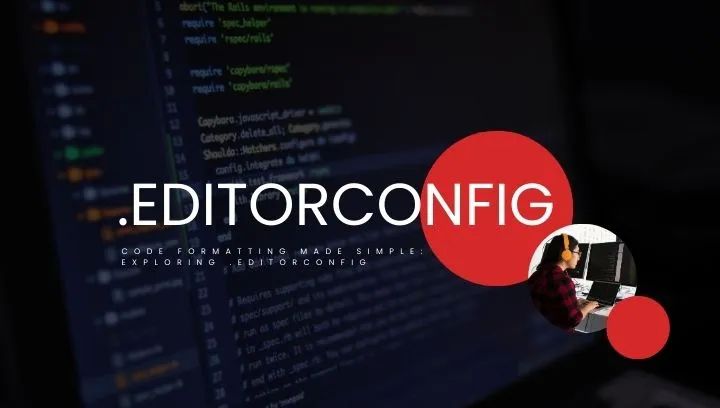In a collaborative software development environment, maintaining consistent coding styles can be a challenge. Different team members might prefer various indentation styles, line endings, and other formatting conventions, leading to confusion and readability issues within the codebase. Enter .editorconfig - a simple solution to establish and enforce coding standards throughout your project.
What is .editorconfig?
.editorconfig is a configuration file that helps developers maintain consistent coding styles across different editors and IDEs (Integrated Development Environments). It achieves this by specifying and standardizing various formatting rules for a project, ensuring that every contributor adheres to the same coding conventions.
Creating an .editorconfig File
To create an .editorconfig file, follow these steps:
- Create or Locate the File: In the root directory of your project, create a file named .editorconfig.
Specify Coding Conventions: Inside the file, you'll define the coding conventions using a simple syntax. Each rule consists of a property followed by its value, separated by an equal sign.
Here's a basic example:
# Set the root as the default root = true # Define a coding style for all files [*] indent_style = space indent_size = 2 charset = utf-8 trim_trailing_whitespace = true insert_final_newline = true # Define a specific coding style for JavaScript files [*.js] indent_size = 4Rule Sections: Rules can be defined globally, for specific file types, or even for specific directories. Use wildcard patterns to match file types (e.g., *.js for JavaScript files), and use relative paths to target directories (e.g., src/* for all files in the src directory).
Common Properties and Examples
Let's delve deeper into some commonly used properties and their examples:
indent_style and indent_size: These properties control the indentation style and size. Choose between `tab` or `space` for `indent_style` and specify the number of spaces for `indent_size`.
# Use tabs for indentation indent_style = tab # Use 4 spaces for indentation indent_style = space indent_size = 4charset: Define the character encoding for your files.
# Use UTF-8 character encoding charset = utf-8end_of_line: Specify the line ending style.
# Use LF (Unix-style) line endings end_of_line = lf # Use CRLF (Windows-style) line endings end_of_line = crlftrim_trailing_whitespace: Remove trailing whitespaces at the end of lines.
# Trim trailing whitespaces trim_trailing_whitespace = trueinsert_final_newline: Ensure a newline character at the end of the file.
# Insert a final newline insert_final_newline = true
Benefits of Using .editorconfig
- Consistency: Developers using different editors or IDEs will follow the same coding standards.
- Reduced Friction: Minimize debates about coding styles within the team.
- Ease of Onboarding: New team members can quickly adopt the project's coding conventions.
- Version Control: .editorconfig files can be versioned, ensuring that coding styles evolve with the project.
Integrating .editorconfig
Most modern code editors and IDEs support .editorconfig natively or via plugins. Here's how to enable it in a few popular editors:
- Visual Studio Code: Install the "editorconfig for VS Code" extension.
- IntelliJ IDEA: Enable the "editorconfig" plugin from the plugin marketplace.
- Sublime Text: Install the "editorconfig" package via Package Control.
Conclusion
.editorconfig provides a simple yet powerful way to establish and maintain consistent coding styles across a project, enhancing collaboration and readability. By defining and sharing coding conventions, developers can focus on writing high-quality code without getting bogged down in formatting debates. Start using .editorconfig today to streamline your development workflow and create harmonious code.




